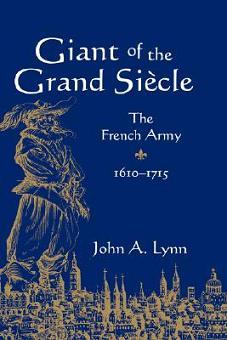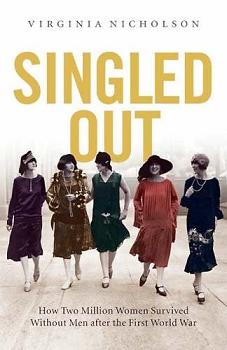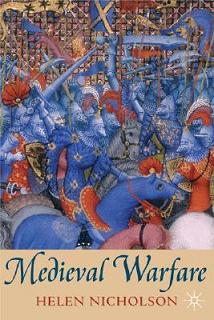
Giant of the Grand Siècle: The French Army 1610-1715
John A. Lynn
652 pages including index
published in 1997
I keep safe the memory of an invisible giant. The Son of kings, this armed colossus once towered above his foes to bestride a continent. He ate an mountain of bread and drank a river of wine at each meal. Yet historians renowned for being the most forward looking and sophisticated in skill and interpretation, fail to see him; they write as if he never existed. He must be invisible. Otherwise, how could something so big, so costly, and so powerful remain so long unnoticed? This book is a portrait of that giant, the French army of the grand siècle, made visible again.
A historian who opens his book with these words obviously has an axe to grind and once again I had the feeling of coming into an argument without knowing the particulars or the people involved. It’s a feeling I’ve gotten used to in the past few years as I’ve been reading the more serious history books rather than sticking to pop history. The more history you need, the more you realise that there are no certainties in history, but many historians can be quite certain about a colleague’s flawed theories…
Sniping aside, Giant of the Grand Siècle is an excellent synthesis history of the French army in the age of the Sun King, Louis XIV, an age when France became Europe’s predominant superpower. What John Lynn attempts to to here is to provide a portrait of this army as it really was, something that hasn’t been done before, at least not to his satisfaction. In his preface he argues that what attention the French army of this period has gotten from historians has either focused too much on the soldier in a social context, ignoring his role as a warrior or, when looked at by military historians, has been only written about in service of theorising about the supposed military revolution that took place in this century. Lynn is dismissive of both approaches and states that he will try to show the real army and show that instead of revolution, it went through a long evolution as it adapted itself to changed circumstances and turned from an almost medieval army into a recognisable early modern one.
He is nothing if not thorough, looking at all aspects of the army and the way it fought. After setting his context, he starts with examining the way it was administered and supplied, moves on to issues of command before looking at the common soldier, the way they were recruited, disciplined, fought and discharged, and how their morale was kept up. Finally, he looks at how the army waged war, the weaponry and tactics used, how the French army taught and practised field warfare as well as siege warfare, what he calls positional warfare, as it’s not just about sieges, but how fortresses can be used and countered to protect or invade a province or country.
Of each of these aspects he traces the way they evolved over the course of the grand siècle. His emphasis in tracing these developments is that the way in which army tactics or the command structure developed was a process of evolution rather than revolution, that these always involved compromises, were largely routed in older practises and always limited by what resources –men, food, money — were available or not, as the case might be. One consequence of the latter was that the supposedly absolutist rule of Louis XIV was in practise often compromised by the need to secure (monetary) support for the army, for example by having the aristocracy buy regiments then spent their own resources on their upkeep, or the fact that a large part of what the army consumed in food, ammunition, clothing etc had to be locally sourced rather than centrally provided, giving the provincial powers at least some measure of control too. On the whole therefore, while the army was much more the king’s army then it had been before Louis XIV, the French aristocracy still had its role to play.
Giant of the Grand Siècle is a complex, not always easy history to read through. For anybody interested in early modern military history it’s an interesting and illuminating book, of value even if you’re skeptical about some of Lynn’s theories, like this reviewer.



